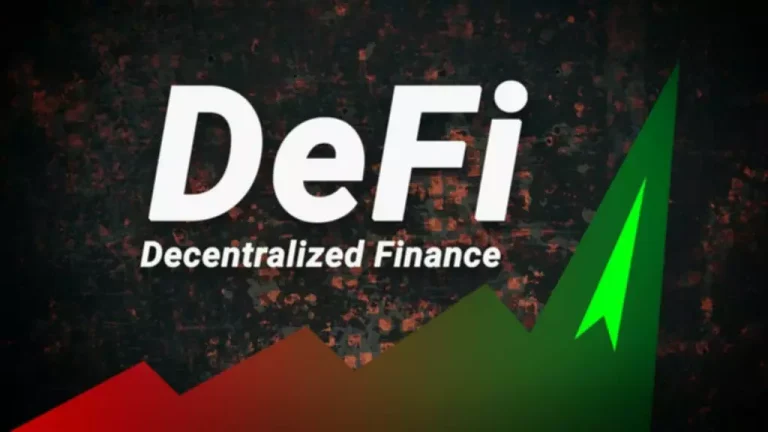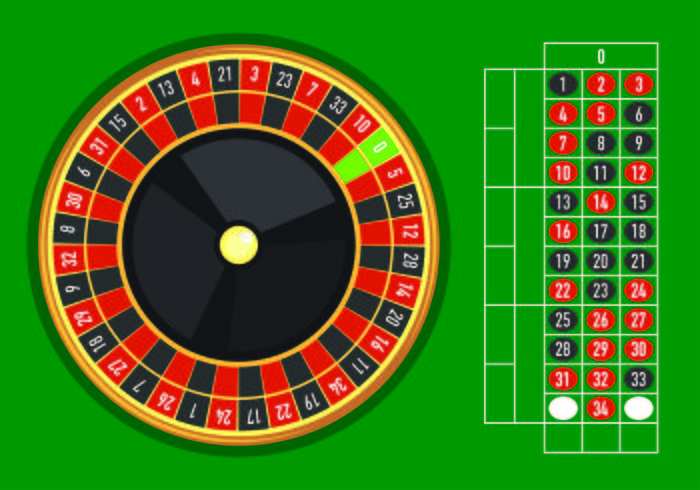Content
Investors can also follow IDO hedge funds, which are funds that invest primarily what is an ido in IDOs. These funds often discuss the projects they’re investing in because it’s in their interest for other investors to get behind a new token. Investors can also check our ratings and reviews for IDO cryptos. These scores can be very helpful for identifying high-potential tokens that investors are ready to pounce on once trading begins. Another benefit of an IDO is that this process makes it relatively straightforward to invest in new crypto tokens.
What Is an Initial DEX Offering (IDO) in Crypto?
The project Proof of stake aims to deliver financial services to underbanked populations via a user-friendly mobile app. Saakuru’s IDO was notably successful, driven by its mission to enhance financial inclusion. Unfortunately, the lack of centralization greatly increases the risk of a rug pull scam. IDOs mean the community vets listings, which is inherently riskier for investors as their analysis could be flawed. Are you getting tired of all the confusing cryptocurrency terms? First there’s an ICO, which is a fundraising method quite similar to an IPO.
Where Are IDOs Headed in the Future?
On top of that, many projects will immediately offer staking programs to incentivize holding. To avoid lotteries, however, some platforms have decided to give guaranteed allocation based on the number of native tokens a user holds. To get an allocation in an upcoming IDO, most platforms now require their users to hold their own native tokens (as mentioned above) to increase the odds of participation. Another shared criterion is for users to have to hold a certain amount of tokens that are native to the launchpad’s platform itself. ICOs were mainly deployed through Ethereum’s ERC-20 protocol standard, and they quickly became the leading use case for ETH-based tokens. The first ICOs in https://www.xcritical.com/ 2016 raised just a few million, but a year after that, the average sum was between $20 and $30 million.
Advantages of IDOs Over Traditional Fundraising Methods
- 2 weeks after its launch, about 1,000 SUSHI were issued by the protocol to users for every Ethereum block its users validated.
- Most DeFi projects have taken the IDO route, and there is scope for other projects to opt for IDO too.
- However, the lack of KYC or AML processes can also be seen as a disadvantage (more on this below).
- With an IEO, it was the exchange vetting the project and conducting the token sale.
- They offer immediate liquidity, a faster turnaround time to investors, and transparency to crypto project owners.
There may be a delay in when you get your tokens, or they could even be staked and locked for some time. Almost anything is possible depending on the project’s tokenomics, and you should thoroughly understand them. There are already many trustworthy DEXs where you can participate in IDOs, including PancakeSwap and BakerySwap.

What Is an IEO or IDO in Crypto?
Project teams normally make the results of their audits available to investors to review prior to an IDO. While IDOs have many important benefits, crypto investors often prefer ICOs to IDOs. Bitcoin has long held its place as the most traded cryptocurrency, but… IDOs are innovative, therefore, there is not much clearance when it comes to regulatory frameworks.
However, tokens sold outside of launchpads may be offered at less favorable prices, underscoring the importance of participating during the initial IDO phase. Instead of fundraising on a typical crypto exchange, IDOs launch on a decentralized one. Decentralization provides immediate and fair trading for investors and automatic liquidity for the project.

Starting from that time, users of the DEX can purchase the new crypto token at a set price until the number of tokens allocated for the IDO are sold out. The funds raised during the IDO are bifurcated, with one portion transferred to the project team to support further development. At the same time, the other part is used to create a liquidity pool, ensuring sufficient transaction volume on the exchange.
It is a permissionless, crowdfunding platform for launching new crypto tokens in the DeFi space. Trades on a decentralized exchange (DEX) are processed and added to the blockchain through smart contracts, which makes transactions very secure. Moreover, since a DEX does not hold onto funds, hackers or malicious users are less likely to target them. Participation in Initial DEX Offering (IDO) is becoming an increasingly popular way to invest in cryptocurrency startups. IDO allows investors to buy tokens at an early stage, which can significantly increase profits if the project is successful. Let’s look in more detail, step by step, how to participate in such token sales and where to look for upcoming crypto projects.
Monitoring social media is especially valuable for IDOs since many projects require investors to follow or share their social accounts in order to get on the whitelist for an IDO. Unlike centralized exchanges, DEXs accept customers from anywhere in the world and most don’t require identity verification. So, anyone can join an IDO, not just existing members of an exchange. In most cases, investors who purchase a token during an IDO can sell it immediately if they so choose.
But we won’t see mass adoption until user experience and security have been enhanced. With their mix of ease-of-use, affordability, and accessibility, IDOs have become a standard fundraising model for many new projects in the crypto market. To summarize, you’re usually safer taking part in a sale through a Decentralized Liquidity Exchange than a project.
The platforms’ vetting procedures, at best, allow new projects that they believe are a good fit for the platform. That doesn’t mean they make for a good investment or a better one than an ICO. Before investing in a new token, you should make sure to do your own research. The concept behind crypto is to open the doors of finance by making it decentralized.
For IDOs, that’s a decentralized exchange, such as Polkastarter. An initial DEX offering has many clear advantages compared to initial exchange offerings (IEO) and initial coin offerings (ICO). Investors must be a member of the centralized exchange that is holding the IEO in order to buy tokens. Often, only investors who also own the exchange’s native token can qualify to join an IEO. In contrast, anyone with a crypto wallet can connect to a DEX and join an IDO (although some IDO sources do require whitelisting).
So, in 2021, a new kid on the block rendered the above rather obsolete. Initial DEX offerings (IDOs) have taken center stage, so let’s have an in-depth look at what they are and everything you should know about them. It’s much easier for an unreputable project to distribute their token through an IDO than it is through an IEO with a large, regulated exchange.
The IDO attracted a diverse investor base, showcasing growing interest in AI-driven financial solutions. IDO, short for Initial Decentralised Exchange (DEX) Offering, is a mechanism where a project introduces its token through a decentralised liquidity exchange. The birth of IDOs was ushered by the need to address the limitations of the conventional ICO crypto crowdfunding model. It has become a practice for most of the projects to lock a considerable portion of their crowd-sourced funds as liquidity on the DEX where the token starts to trade.

Afonso é um profissional dedicado ao universo da corrida, com um foco especial na biomecânica e na nutrição esportiva. Como ex-atleta e formado em Fisioterapia, Afonso entende profundamente a importância de um bom par de tênis e uma dieta balanceada para um desempenho de corrida otimizado



